10 Feb Horseshoes: Why Do Horses Need Shoes?
What’s the purpose of horseshoes? And other common questions answered by our experienced staff
Well, the staff at Mountain Creek Riding Stable is here to give you some quick answers!
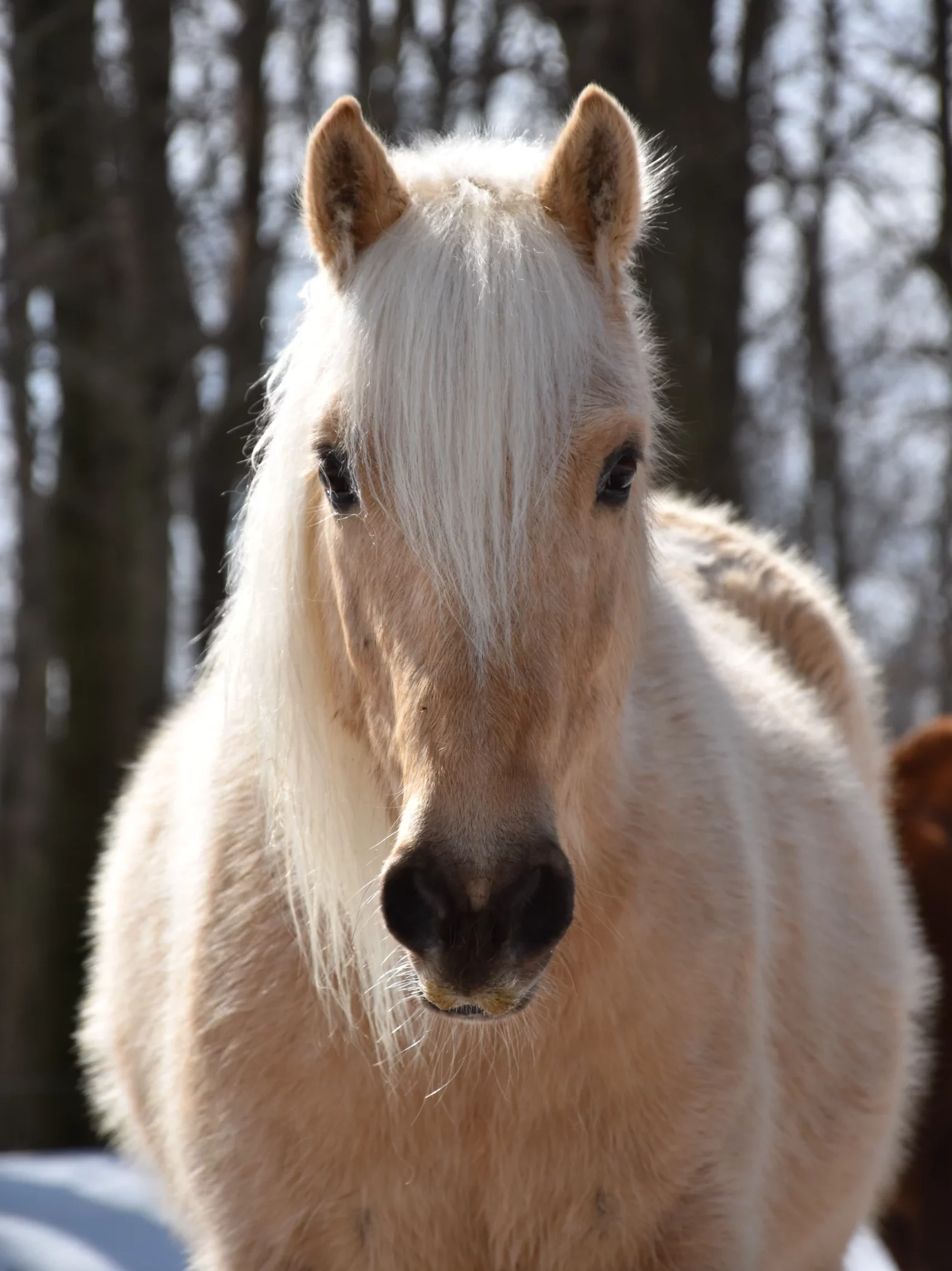
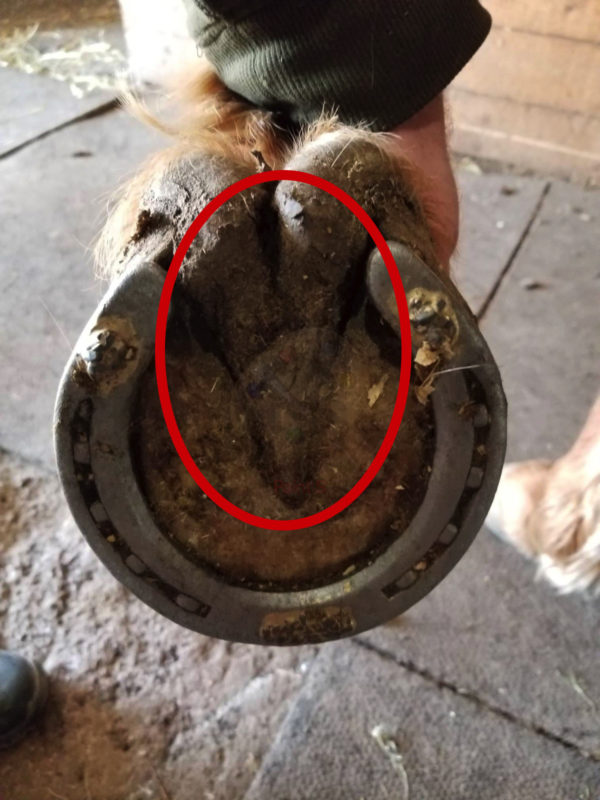
What is the purpose of horseshoes?
Horseshoes are used to help aid in the durability of the hoof on working horses. The hoof itself is made up of the same stuff as your fingernail, called keratin. However, the hoof has a soft and tender inner part called the frog (circled in the picture above) that can be injured. The hoof will naturally wear away when horses walk so adding a shoe onto the hoof helps to diminish that and keep the frog in healthy condition.
What are horseshoes made out of?
Horseshoes are made out of steel in most cases, though there are some exceptions to this. Racehorses usually wear aluminum horseshoes because they are lighter and thus perform better when speed is the top priority.
There are also “boots” that horses can wear in the case of a hoof or foot injury. These “boots” are made of rubber and have a rubber horseshoe built into it that provides a much softer walking surface and more significant support.
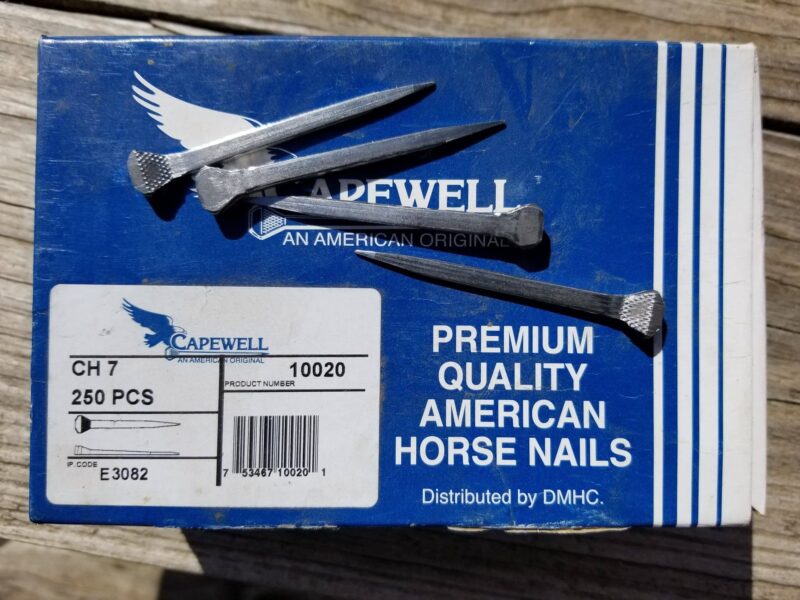
How are horseshoes attached?
People who put horseshoes onto horses are called farriers (also spelled ferrier). Farriers use special nails (like the ones pictured above) to attach the horseshoe to the hoof. Like we said before, horses’ hooves are made of the same material as your nail and, just like when you cut your nails, the horses don’t feel anything when affixing the horseshoe to the hoof. Once the nails are put through the outer edge of the hoof, the farrier bends them over, so they make a sort of hook. Then, they file away the sharp points that are left and part of the hoof to ensure a good fit. As the hoof grows out, it will eventually overlap the horseshoe which is how you know it is time to redo the horseshoe.
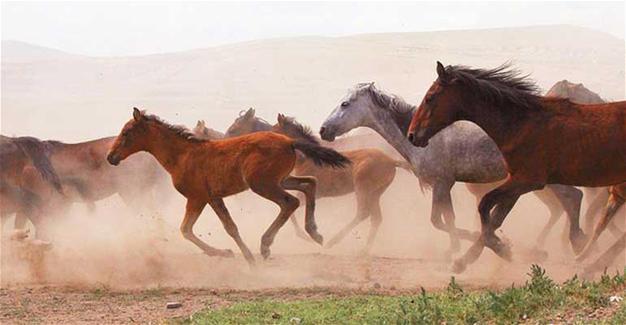
Why don’t wild horses need shoes?
The reason wild horses can exist without shoes is twofold: firstly they do not “work” as hard or as often as a horse with an owner. Therefore, they wear away their hooves slower than the hooves grow. Secondly, they do not have anyone to look after their well-being, so if they have an injured frog or another situation where a shoe would be put on an owned horse – they have to deal with it.
Now and then you may come across an owned horse that doesn’t have any horseshoes. In the working world, horses who don’t wear shoes are usually “barefoot” as a result of having a problem with their feet. Sometimes their hooves are too brittle or they may have broken off a piece of their hoof, so the horseshoe may not be able to be adequately attached. These horses can still do trail rides or work the farm, but they will have greater limitations on how much they work.
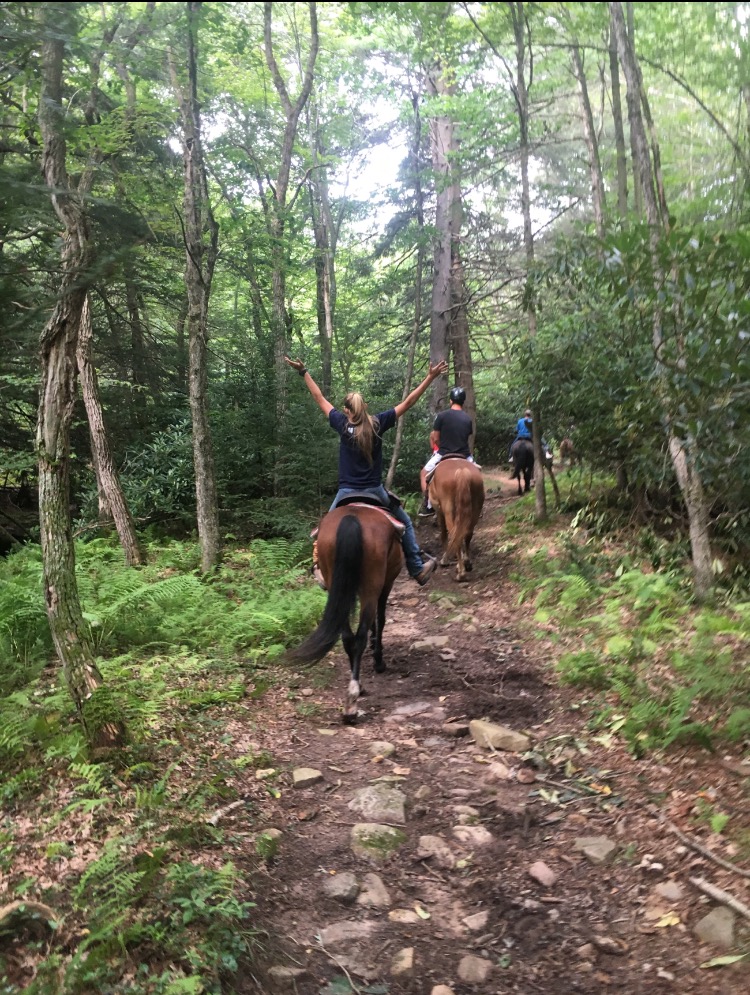
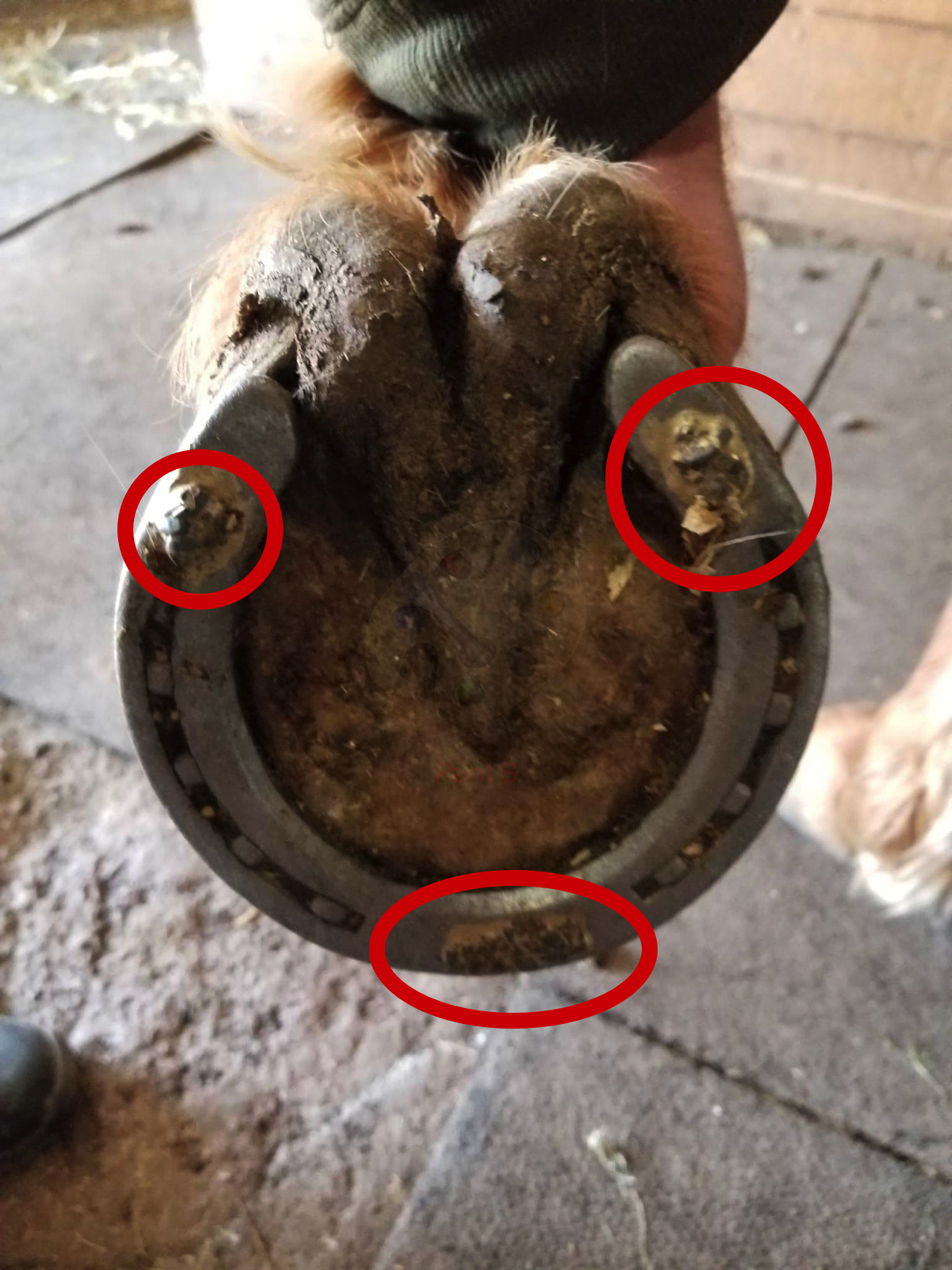
Are horseshoes necessary for trail riding?
Horses that do trail rides are called “hack horses” and for them, shoes are of utmost importance. When the trail ride routes include paved surfaces or hard-packed ground (like that of the Grand Canyon), the hooves can wear away faster than they grow. This can lead to the horses being unable to work. Well-maintained horses will always have shoes to protect their feet and allow them to do the 9-5 grind.
Additionally, at Mountain Creek Riding Stable we put horseshoes on our horses for their anti-skid properties. Each of our horses gets what is called “Drill Tech” added to their shoes, which is made of a substance called carbraze. Carbraze is a mixture of tungsten carbide particles in a brass/nickel matrix. As the matrix melts, it adheres to both the tungsten pieces and the steel of the shoe. Once it cools, the tungsten pieces stick out and provide extra traction on slippery surfaces, kind of like ice cleats for humans. Safety is the most important part of our business, and this traction makes all the difference during the winter months.



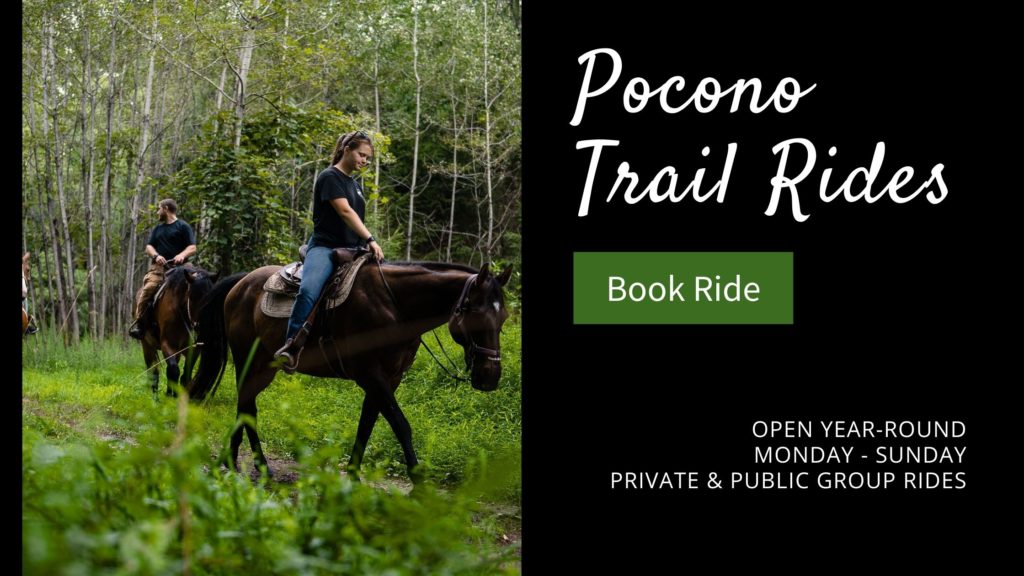
Alan K
Posted at 04:52h, 17 AprilThank you for this useful information. I love learning about a wide array of things and this was a very informative article!
Michele Petty
Posted at 13:51h, 17 SeptemberI’m a city girl and this information was very interesting. Only now that this makes sense I’m wondering about the history of how and when the shoeing of horses began. Hahaha. Hoping to visit a stable some day.
Matthew Jones
Posted at 15:23h, 19 SeptemberGlad that it was helpful! We’ll try to get one together about the history of them, that’s a really good idea! And we’re not sure where you are, but we’re only 2 hours away from NYC and Philly, so hopefully we’ll get to see you out one day!
Reagan S
Posted at 17:20h, 28 SeptemberThis was very informative! I just googled why horses need shoes and this was the top search. Thanks!
Alyssa Strupp
Posted at 17:22h, 04 OctoberVery cool. Just what I was looking for. Thanks.
Roshaun Cooper
Posted at 04:59h, 06 OctoberI’m a philosopher hailing from Fairbanks, Alaska, and I randomly got onto the idea of ethics and horse-shoes.
It was more of a curiosity thing, and I found this article about horseshoes.
It is very informative, I feel like I learned a lot about the actual logistics of the horseshoe.
“Like we said before, horses’ hooves are made of the same material as your nail and, just like when you cut your nails, the horses don’t feel anything when affixing the horseshoe to the hoof. Once the nails are put through the outer edge of the hoof, the ferrier bends them over, so they make a sort of hook.”
During this part of the text, I was relieved to hear that the horses don’t feel anything when the horse nails are put into their hooves. I do wonder, though, if they ever do feel it? I’m a habitual nail-biter, and sometimes when I get a little too far, it kind of hurts. Is there a space on their hoof that ensures painlessness (as far as we can tell)? Is it possible that perhaps an inexperienced, or poor ferrier could somehow mess up the procedure, and scar the horse?
Thanks for entertaining the thought.
Hope you’re safe and well!
Matthew Jones
Posted at 20:09h, 08 OctoberWell, we’re glad you found the article informative!
So, there *is*, of course, a point where removal of the hoof would hurt, but no sensible human would make the mistake of trimming a hoof that far up. In the picture we showed where the frog was: the area directly in front of the frog called the sole (and the frog itself) would absolutely hurt if they were punctured.
That being said, it is not something that is likely to happen, even for a novice farrier. When they trim horses hooves they are only trimming the edge. In addition, horses have to be measured for their shoes, which you do (of course) prior to applying the shoe. Even an absolute beginner farrier would know to use the shoe as a guide: you can place the shoe on the underside of the hoof and trim only what overlays beyond the edge of the shoe.
Now, to address the other implication in your comment, it would be reasonable to assume that horses feel pressure when the hoof edges are cut/trimmed, but certainly no pain. However they *can* bruise the inner structures of the hoof through blunt force trauma. Think of it, again, like your finger: if you tapped really hard on the center of your thumb-nail, the soft flesh underneath still absorbs some of the shock and can become bruised. Horses hooves are much, much thicker than a nail though, so it happens more infrequently than it does to humans.
So, to summarize, though the inner parts of the hoof can indeed be hurt, but even an incompetent farrier would be hard-pressed to make a mistake that would result in that considering that they trim only the edge of the hoof (for further clarification, they don’t touch the top of the hoof whatsoever).
David J Fitzsimons
Posted at 17:44h, 01 JanuaryDo police horses use Goodyear rubber for their street horses
Matthew Jones
Posted at 17:23h, 21 DecemberWhile we can’t say definitively (we don’t work with anyone in law enforcement) it’s highly doubful. Rubber shoes are are almost always corrective shoes. They are used when a horse has an injury of some sort. It’s more likely that police horses use regular steel shoes just like most trail horses.
Reihan Stephen
Posted at 06:19h, 11 MarchThank you so much for this! Found it very informative and interesting. Would love to visit one day but I live in Sri Lanka
Jim Holmes
Posted at 13:32h, 19 AprilWhat is the history of horseshoes displayed above a doorway and positioned “up”? For good luck? Jim H.
Matthew Jones
Posted at 16:52h, 21 DecemberYou know, we only have a passing knowledge (the “up” position is so the luck doesn’t spill out, but instead pools inside!) but there’s gotta be a lot more out there on this. Infrequent as they are, we’ll make it a future blog post: thanks for the suggestion!
Antha Perkins
Posted at 17:10h, 24 AprilThis was incredibly informative! I’ve been riding horses for years but only just asked myself what the purpose of horseshoes are. This told me everything I wanted to know and more.
James Sinkhorn
Posted at 06:03h, 07 MayI’ve always wanted a horse but have never had one.
Pingback:How Do Wild Horses Maintain Their Hooves? – Equestrian Space
Posted at 23:59h, 08 June[…] https://mtcreekstable.com/2019/03/20/horseshoes-what-exactly-are-their-purpose/ […]
rae don
Posted at 07:23h, 20 JulyThank you for this article! I’m always stumbling upon videos that get my curiosity peaked and I was watching tiktok videos of horse hove cleaning and became curious what their hoofs were made of
jon ellis
Posted at 09:04h, 18 SeptemberThank you for answering this question. I previously thought I knew the answer but as I was drinking my Herradura (Spanish for horseshoe) tequila, it wasn’t making sense. I had thought that only horses bearing riders needed shoes but you have cleared the whole issue up. Now, if I can make it through tomorrow without a headache. . .
Peter Galovan
Posted at 02:03h, 22 NovemberWas just watching CBS news about BLM roundup of wild horses and got to thinking about horse shoes. Thanks for simply explaining why shoes are needed on horses.
Pingback:how do wild horses trim their hooves | Animal Types
Posted at 07:02h, 27 November[…] Read Review 20 мар. 2019 г. — As the hoof grows out it will eventually overlap the shoe which is how you know when they have to be re-shod. Wild horses galloping on the … E 7 […]